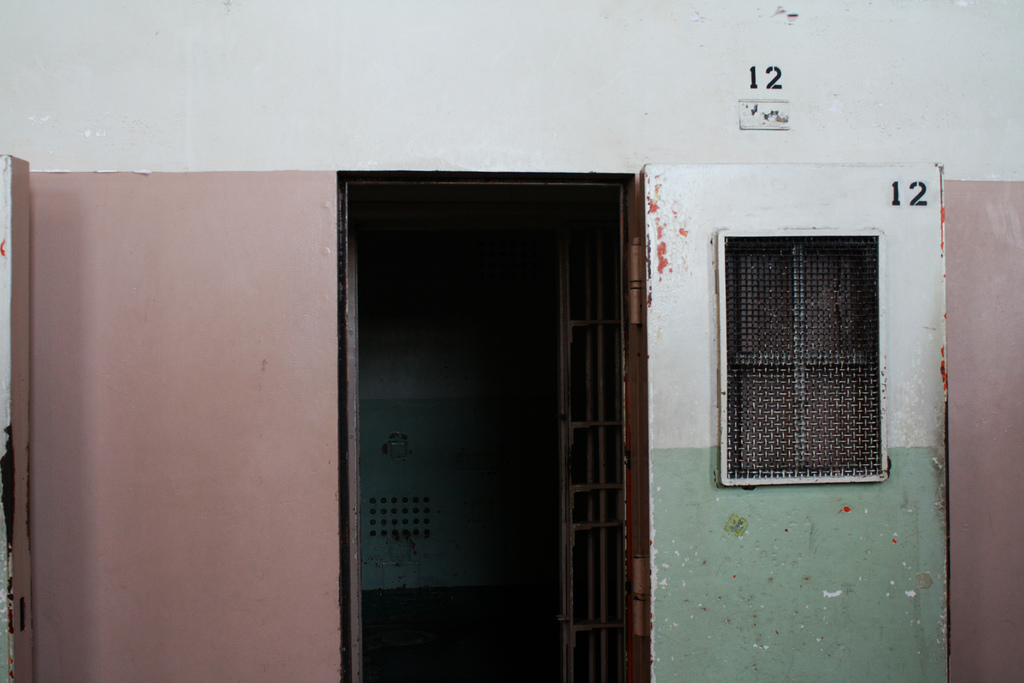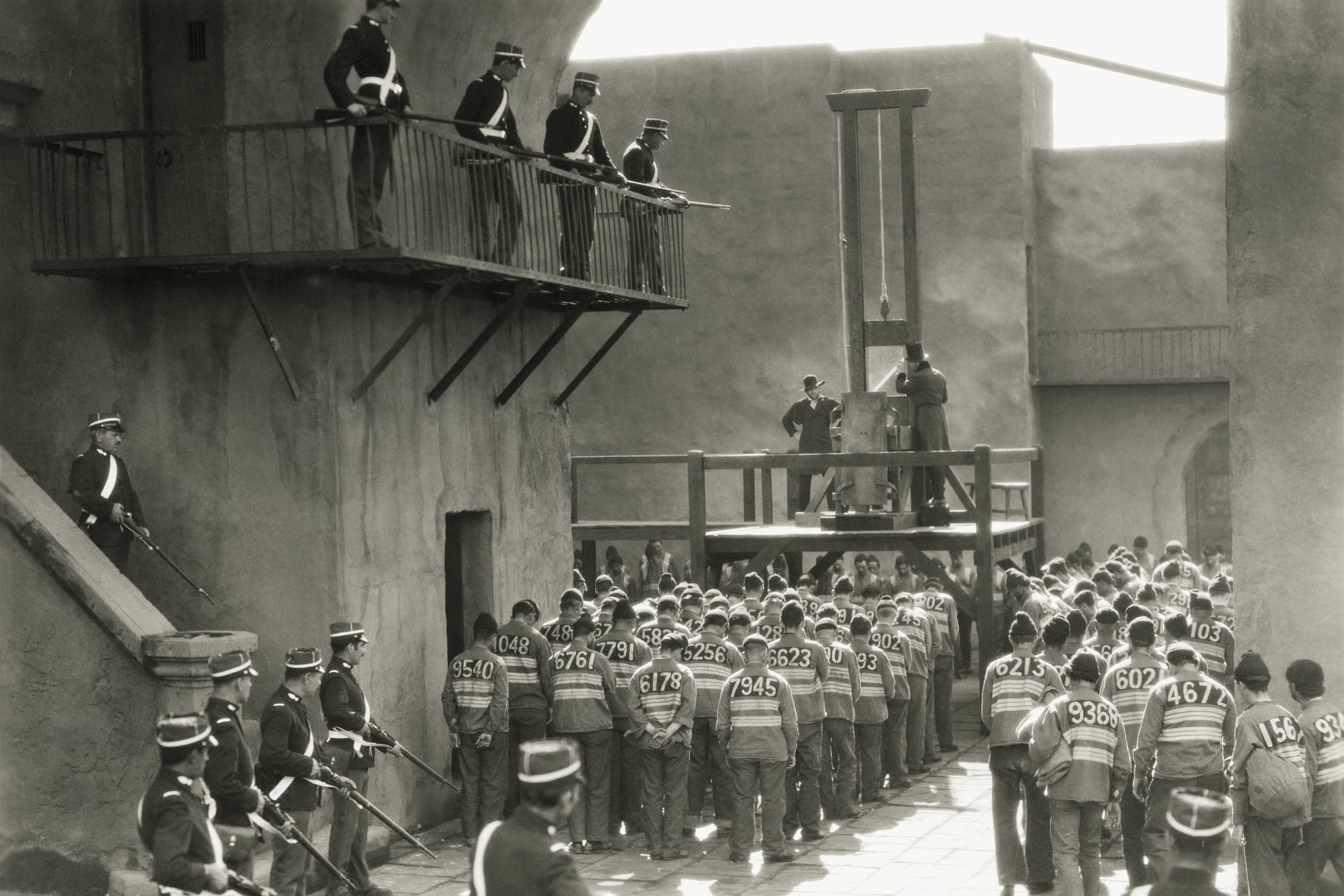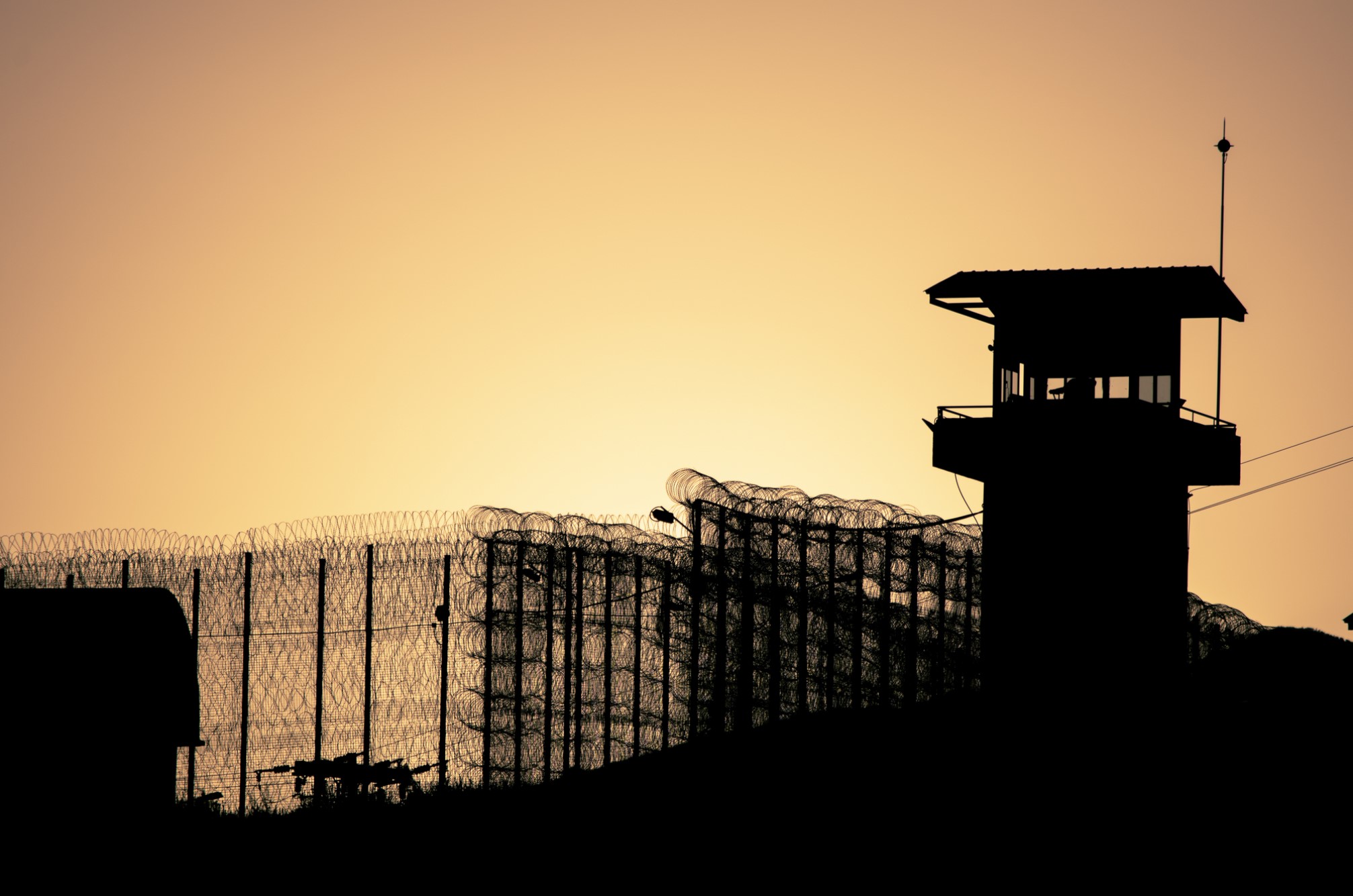Taking Stock of Solitary Confinement’s Mental Toll
In prisons throughout the United States, a total of somewhere around 80,000 prisoners are isolated from human contact for 22 to 24 hours a day. These prisoners are kept in very small cells—spaces of roughly 80 square feet. In the cell is a bed, a toilet, and very little else. Prisoners in solitary are fed three meals a day and are often allowed outside every day for an hour, with no contact with other prisoners. The practice, commonly known as “solitary confinement” has come to be known by a number of euphemisms, including “restrictive housing” and “segregation.”
A prisoner might be isolated in this way for any of a number of reasons. Some prisoners are kept in solitary for their own protection. For example, early on, serial killer Jeffery Dahmer was kept in solitary confinement, because officials were concerned that angry inmates posed a threat to his safety. Indeed, when Dahmer was removed from solitary, two attempts were made on his life, one of which was successful. Other prisoners are kept in solitary for the purposes of the protection of others. Still others are put in isolation for disciplinary reasons. Many argue that solitary confinement is an essential tool for the maintenance of prison safety and security.
Others argue that the practice of isolating prisoners is an extreme human rights violation and some contend that it violates our Eighth Amendment protection against cruel and unusual punishment. They argue that this kind of extreme isolation from others in such barren conditions constitutes a kind of psychological torture. Those on the other side of the debate argue that punishment can be quite uncomfortable without rising to the level of “cruel and unusual.” The question of whether a punishment meets that standard has to do with whether that punishment would violate the sensibilities of reasonable people. They argue that being forced to spend prolonged amounts of time alone simply does not rise to that level—particularly when the individuals involved pose a threat to the rest of the prison population.
A study conducted by Harvard psychologist Stuart Grassian came to the conclusion that confinement under these conditions is bad for mental health. A third of these prisoners were “actively psychotic and/or acutely suicidal.” Still more were prone to hallucinations, hypersensitivity to external stimuli, problems with concentration and memory, and extreme depression.
Many states have adopted or are considering laws that ban or limit the use of solitary confinement, at least for certain particularly vulnerable groups. States that have taken this course of action include, Illinois, Maine, Mississippi, Colorado, Michigan, and New Jersey. Lack of human interaction can be particularly hard for prisoners who suffer from mental illness, and mental illness is extremely common among members of prison populations. A 2006 Bureau of Justice study concluded that somewhere around 49 percent of prisoners exhibited symptoms of, or were recently treated for, mental illness. Many states are considering either seriously limiting the use of solitary for prisoners with mental illness or banning its use on this segment of the prison population entirely.
Juvenile offenders are also a vulnerable group, and many states are dealing with lawsuits pertaining to use of the practice in juvenile detention facilities. As a result, many institutions are changing their policies. In Wisconsin, the ACLU is representing juvenile offenders in their respective lawsuits, and some progress is being made. First, the state has agreed to limit the number of actions that can lead to an inmate being placed in solitary confinement—only offenders who have committed violent acts while incarcerated or who otherwise pose a threat would be candidates for this form of punishment. This would limit the extent to which offenders could be placed in solitary for reasonably minor disciplinary infractions.
The state has also agreed to limit the amount of time that juvenile offenders can be placed in solitary. There is some disagreement, however, concerning the length of time that should be considered appropriate. The ACLU contends that there should be a hard limit to the length of time any juvenile prisoner can be held in solitary, and that period should be no longer than three days. The Department of Corrections has a much lengthier limit in mind—seven days per offense, with a hard limit of 60 days of isolation from other human beings.
The United Nations joins the ACLU in their opposition to the use of solitary confinement. In 2011, the UN called for a ban on the use of the practice except under extreme conditions. Even under these conditions, they called for limited use of the practice, claiming that, “Solitary confinement is a harsh measure which is contrary to rehabilitation, the aim of the penitentiary system.”
This comment points to what might very well constitute the source of disagreement between the two positions on this issue. The comment points explicitly to a particular theory about the fundamental justification for punishment—rehabilitation. The idea here is that the proper role of punishment should be to improve the situation—to change the prisoner in a way that makes it unlikely that they would reoffend. This approach highlights the value of understanding the root causes of crime and of trying to find a solution to those fundamental problems. It is reasonable that those who maintain this sort of view about the proper role of criminal punishment would find solitary confinement unacceptable. The practice doesn’t seem to do anything to solve the prisoner’s fundamental problems, and there is reason to think that it might make those problems even worse by adding new or intensified mental illness to the list.
Others maintain that the proper role of punishment is retributivism—the theory of punishment that emphasizes the idea that criminals should get what they deserve. This theory is expressed in the phrase from ancient Babylonian law “ an eye for an eye, a tooth for a tooth.” Prisoners have harmed society and they should be harmed proportionally in return. As a result, our concern should not be to make prisoners as comfortable as possible. Prison should be a somewhat miserable place. Those who hold this kind of view are likely to maintain that solitary confinement is what prisoners should get if it becomes clear to prison authorities that it is what they deserve.
There is room for a nuanced position on this issue. Even those who believe that solitary confinement is a crucial tool in the tool belt of a correctional officer might be willing to concede to some reasonable restrictions on the practice.





